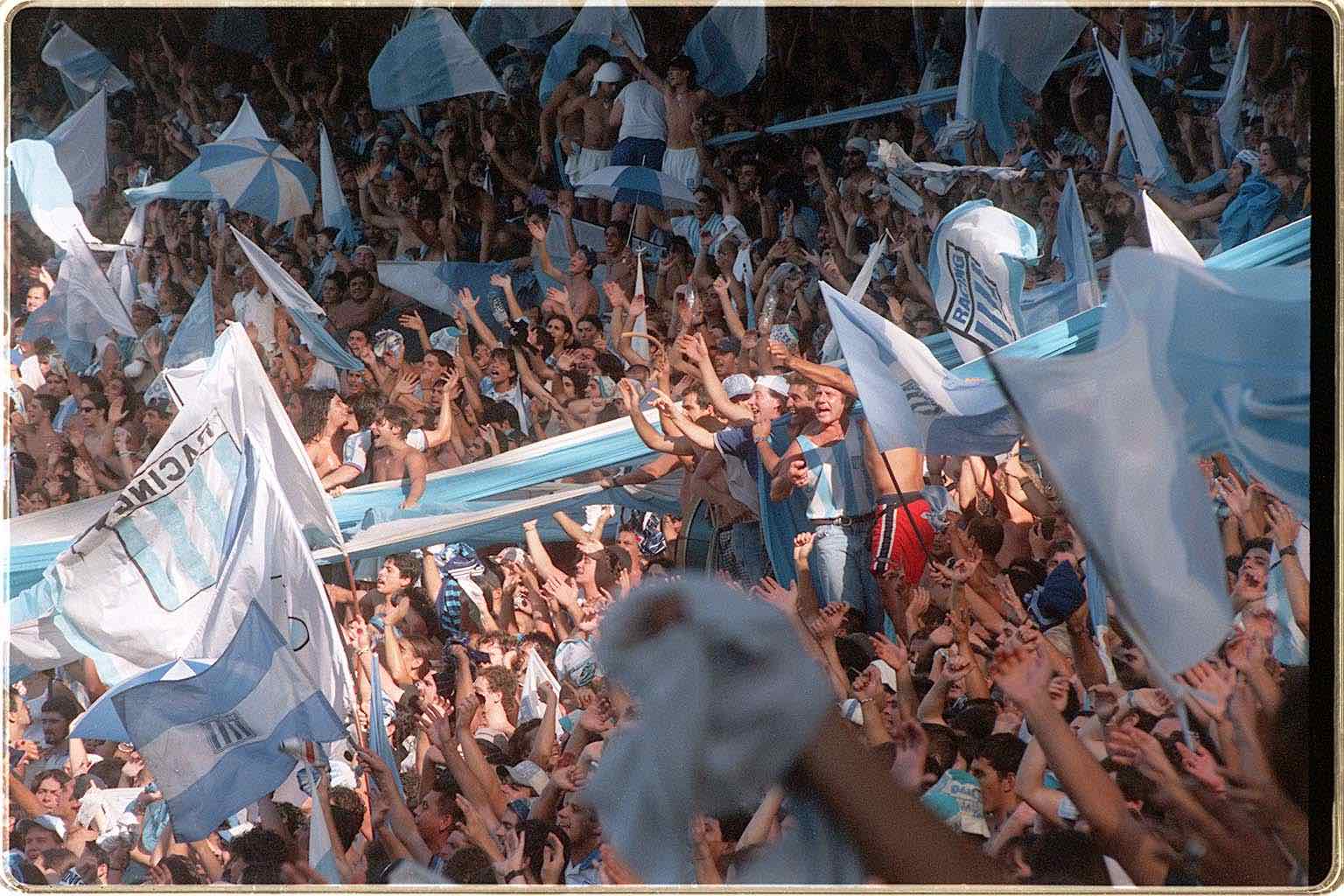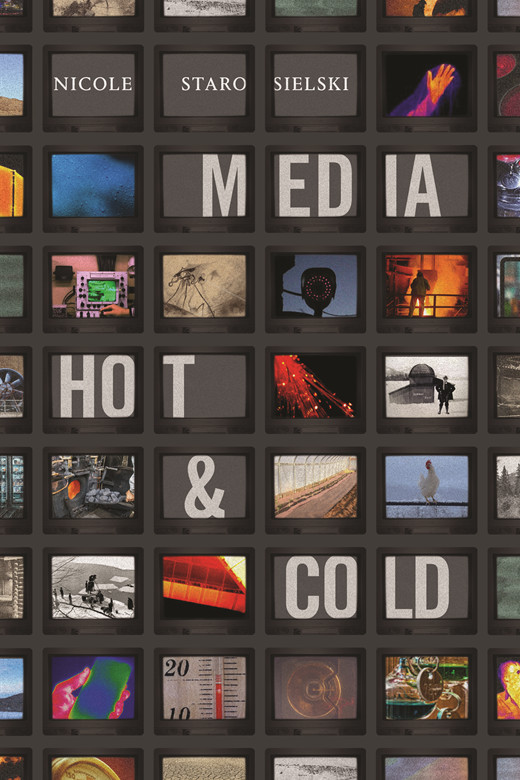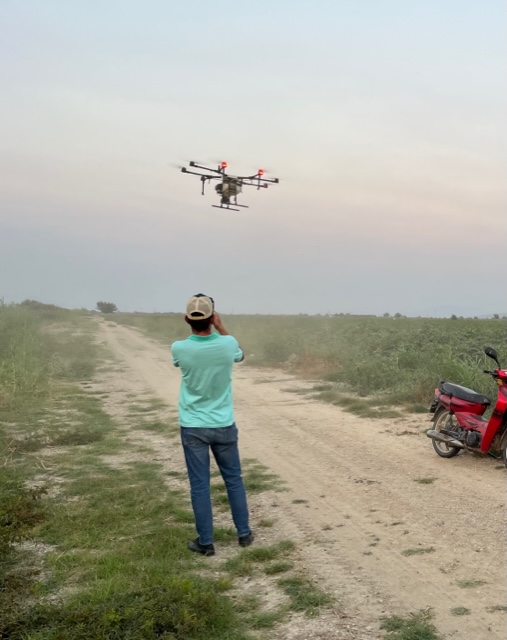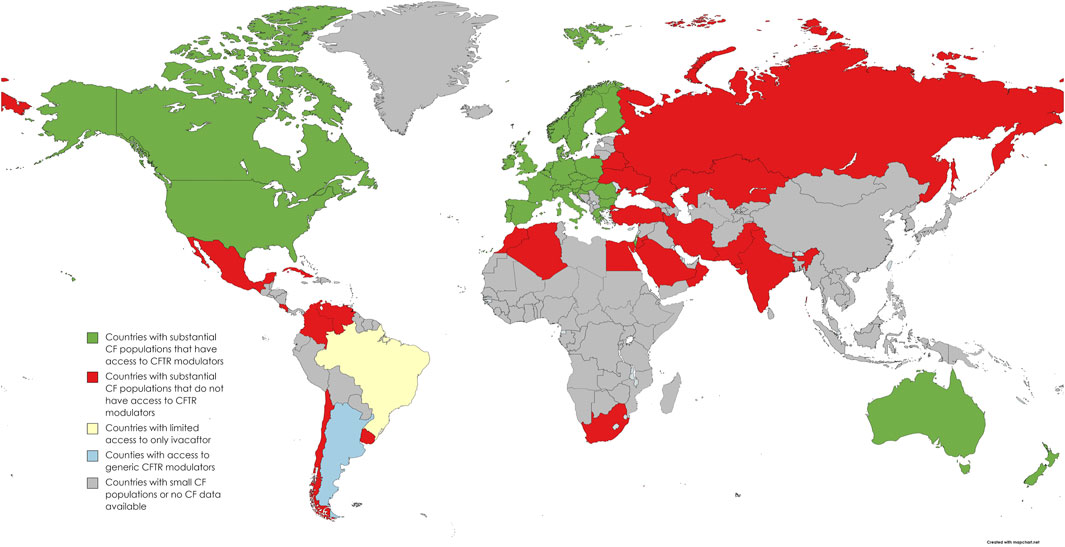Thousands of individuals were now one massive block moving up and down. The stands shook. I felt the largest reinforced concrete stand in the largest soccer stadium in South America tremble beneath my feet. For a second, I was...
I am home, reading Stefan Helmreich’s new book, A Book of Waves (2023). The news on TV then catches my attention: I see images from the inauguration of Argentina’s new president, Javier Milei. The syntagmatic association is obvious: Milei is a new addition to the wave of authoritarian populist rulers now in office.
I let out a long sigh, thinking about the future of my relatives and friends in Buenos Aires. Once again, I failed miserably in my ability to forecast election results. Previously, I missed the mark for the 2016 elections in the US and the 2018 elections in Brazil. For many years, my anthropological work has been with forecasts, albeit atmospheric ones (e.g., Taddei 2015, 2020). I often poke fun at my friends in meteorology, telling them that society is more complex than the atmosphere—perhaps to justify why we in the social sciences are so bad at forecasting collective human behavior. In any case, I have the feeling that, of all the uses of the wave metaphor, perhaps this one, associated with extreme rightwing nationalistic politics at the international stage, is the most elusive and misguiding. Is the waviness of the phenomenon derived from any measurable feature, like it is for natural phenomena such as physical ocean waves or El Niño? Or is the waviness just ascribed afterward simply as a familiar semantic container for a myriad of facts so that the public can hold it in their minds? In any case, physical oceanographers also read waves backward. They call it an inverse problem (Helmreich 2023, 258).
Regardless of the wave metaphor’s effectiveness, the question remains as to why so many people in Argentina voted for someone with ideas as unreasonable, to put it very mildly, as Milei. What were they thinking? I couldn’t find ethnographic accounts related to these questions; I guess they are still to be published.
It then occurred to me that I had seen wave-like phenomena that reveal aspects of the everyday lives of diverse sectors of the Argentinian population during ethnographic research I carried out in the country over two decades ago. I did research in Buenos Aires in the early 2000s among soccer fans who are often compared to the English hooligans. At that time, Argentina was going through one of its worst economic crises, a period now called the Great Depression. The current situation has been compared to 1998-2002 (Stefanoni 2023), with poverty rates reaching 40 percent of the population.
I remember that, in the initial phases of the research, I wanted to understand what gets young men to put themselves in risky, violent situations voluntarily. Supposedly, they did it out of love for and loyalty to their clubs. At first, that sounded unconvincing. In any case, I wanted to know their ideas about soccer, violence, love, and loyalty. Predictably, most of my original hypotheses were naïve and did not survive the ethnographic experience. But what I want to discuss here is how logocentric my initial assumptions were. Perhaps part of the problem with how we make sense of election results is the fact that, despite the things we read in the fields of anthropology of science and technology and Science and Technology Studies, we overemphasize ideas and thinking over other dimensions of existence, some of which may, indeed, be experienced as waves of many shapes and forms. As Helmreich’s book fantastically illustrates, innovative research methods and analytical strategies can be constructed from such a change in perspective. I will next describe one ethnographic moment in which that became clear to me, although at that time, I thought more about flows and states of the matter rather than waves. Parts of it appear in print in Portuguese (Taddei 2014).
Bending Concrete
I will narrate here, somewhat selectively, facts that I experienced during a match in May 2001 between the Racing and River Plate Clubs at the Monumental Stadium (“El Monumental”), the largest sports arena in South America and home to the River Plate Club. Racing and River Plate are among the best soccer teams in the country, and River Plate has millions of followers. I had already attended dozens of soccer matches, albeit most in smaller stadiums. My ethnographic work centered on the groups of rooters of a second-league team called Nueva Chicago. Yet, I also decided to do some work with the rooters of Racing to have a sense of similarities and differences between first and second league matches.
Fans of the opposing teams entered from opposite sides of the stadium. As per usual, spaces were designed to keep the opposing fans physically distant from each other. In El Monumental, there is no spatial continuity between the stands, but rather large open spaces between them, making clashes inside the stadium between home and visiting fans impossible. Outside the stadium was a large contingent of military police, including many riot control units, with dogs and horses, as well as cars and motorcycles. In matches of this importance and magnitude, where more than 40,000 tickets are sold, the police contingent can reach up to 800 agents.
A long line of fans formed at the entrance gate for the police check, in a general atmosphere of exultation and nervousness. Direct contact between police and fans is always tense. It is not uncommon for situations of police brutality to be reported, often against fans with no relation to hooligan groups (groups locally called “barras bravas,” which approximately means fierce gangs). Some degree of fear of random acts of violence, by the police or by the fan groups, is part of the experience of going to stadiums, particularly for young men of color (Taddei 2017).
Upon entering the stadium, I climbed up to the highest row in the stands among Racing fans, positioning myself in the center to get the ideal vantage point to observe the entire stadium. I imagined that it would be there, down below, where the main group of fans would settle.
The group of leaders of the River Plate fans entered a few minutes before the players took the field. The leaders entered in a parade, waving flags and singing. I could observe how the group settled in the stands: as they approached the central part, the other fans nearby began to move away, and an empty space opened up. The group of leaders usually stays in the lower parts, where, facing away from the field, they can “conduct” the chants of the fans like conductors.
A shower of shredded paper greeted the players as they entered the field. The Racing goalkeeper walked to the goalpost near the visiting stands and waved to the fans. He was enthusiastically applauded. About ten minutes after the start of the match, the leaders of Racing’s supporters entered the stands. The leaders positioned themselves in the center of the stands where they had a privileged view of the supporters—and, eventually, the field.
The first half passed uneventfully in what concerns the match. As usually happens in soccer matches in Argentina, an outsider has the feeling that two events are taking place at the same time. One is the soccer match per se; the other is a competition between the two masses of supporters of the rival teams, in which each tries to sing louder. Each song lasted only a few seconds but spread through the crowd like a spark, as waves of energy. Each side of the stadium communicated with the other through singing, which was only partially related to what was happening inside the pitch. With each goal attempt by River Plate, the intensity and volume of the singing in the home stands increased for a few seconds, and the energy put into the songs in the visitors’ stands increased in response. The same happened in the reverse situation; unfortunately, this proved to be less frequent in that match, as Racing had visible difficulties against River Plate. Throughout the match, intense sound waves alternated cyclically across the stadium—from the home stands to the visitors and back again.
As the second half began, River Plate was winning yet both sets of fans continued singing. The score, it seemed increasingly clear, was just a mere, albeit somewhat painful, detail for Racing. Twenty-five minutes into the half, I noticed a sudden pause in the singing in the stands where I was. For no more than a few seconds, there was complete silence. The guy next to me got excited. One of the leaders then started a song: “Y acade, acade/y acade, acade/academia.” Suddenly, the mass of supporters started jumping synchronously, repeating the words of the song. Thousands of individuals were now one massive block moving up and down. The stands shook. I felt the largest reinforced concrete stand in the largest soccer stadium in South America tremble beneath my feet. For a second, I was filled with panic. If the vibration reached the resonance frequency, the disaster would be of monstrous proportions. I sat down and held on; I don’t even remember where.

As one massive block, Racing Football Club fans protest the court decision to liquidate the Club due to bankruptcy. The day (March 7, 1999) is known as the el Día del Hincha de Racing (the Day of Racing Fans) and marked the beginning of fan protests to maintain the team active. (Photo by Diario Olé)
The stadium didn’t collapse, Racing continued to lose, and everything indicated that it would be a rout. Racing’s supporters, however, sang with energy, the performance of synchronized jumps repeating itself twice more. The second time, during those seconds when the stands vibrated beneath my feet, fear gave way to exhilaration. The mass movement infected me, and, in a mimetic impulse, I started jumping too. The third time, I jumped frantically, like everyone else around me, feeling the impact of my corporeal mass against the concrete, which made the stadium and everything solid and liquid in my body vibrate. And, without realizing it, I was chanting with the rest of the mass.
Once the game ended—the final score 3-0 for River Plate—the crowd began to make its way out of the stadium, “with something of a riverine flow in its slow drainage,” in the exact image of Brazilian writer Nelson Rodrigues. Fans squeezed against each other on the stairs. The exit from the stands is a huge funnel. The flow of people was dense and inevitable; it was impossible to go back or try to move in any direction other than that of the human torrent. Outside the stadium, lines of police officers forced fans to continue moving away from the stadium, radially, preventing groups from heading towards the exits of the rival stands. The human river invaded the traffic lanes around the stadium, occupying all spaces and paralyzing traffic.
The density of the human flow decreased with each additional block walked. At some point, fans were forced to leave the asphalt and return to the sidewalks. As the size of the groups diminished, chunks of the impersonal mass began to form distinct identities, turning into collectives of people known to each other. Further on, as the human density continued to decrease, individuals walking alone became visible. I walked about fifteen blocks to the Belgrano train station. I arrived there alone—the crowd had evaporated.
Empowerment Experienced through Seismic Waves
Later, I discovered that the experience I had at El Monumental—its vibrations with noticeable intensity—was common, although not at every stadium, due to stadiums’ structural and geological configurations. Various records of vibrations have become famous in sports journalism. On April 5, 1992, for example, Gimnasia y Esgrima, another first-league club, faced its classic rival Estudiantes de La Plata at Estudiantes’ stadium in the city of La Plata. Nine minutes into the second half, José Perdomo, a player for Gimnasia y Esgrima, scored the only goal of the match. The fans’ celebration generated seismic waves that propagated more than one kilometer away from the stadium, where they were recorded on the seismograph of the Seismology and Meteorological Information Department of the La Plata Astronomical Observatory. The vibration was equivalent to an earthquake of 6.0 points on the Richter scale. This event was recorded in the history of Argentinian soccer as the “earthquake goal.”
Two decades later, on August 8, 2012, the sportswear company Nike installed a seismograph just below the stands that would receive the visiting fans at the San Juan stadium, where the finals of the Argentinian Cup would take place. Boca Juniors’ fans would be in the stands. Boca was sponsored by Nike and was competing for the title against Racing. In that match, 12,600 fans paid as visitors. During the game, the first vibration was felt when Boca tied the score 1-1. Its intensity was recorded as the equivalent of 6.4 points on the Richter scale; after the team’s second goal, a new vibration was recorded with an intensity of 6.1. Boca won the match and was crowned champion. During the award ceremony, there was another vibration of 5.9 points.
San Juan, located at the base of the Andes, is in the Argentinian region with the highest historical incidence of seismic activity. The 6.4 “earthquake” caused by Boca’s fans in that match, if counted among geological tremors, would be, at that time, one of the four most intense in the last hundred years for the region. The recording of the fan’s tremor was filmed by Nike and made available online. For the fans, what aroused interest was the filming and quantification of the earthquake, on which new narratives of greatness and exaltation of the multitudinous dimension of the fan phenomenon were built. The vibration itself was already a well-established part of the fans’ experience.
In those ephemeral moments, jumping and singing among Racing fans, and in many other matches among Nueva Chicago fans, I understood—although “understand” is an entirely inadequate verb to describe this process of discovery through corporeal-affective experience—that, with the exception of a minority of “soccer rationalists” who followed statistics and assessed probabilities, most fans rooted for themselves. The fans were immersed in a strongly self-referential discursive environment, where the presence of the crowd was a central element. Other types of data confirm this, such as the fact that the vast majority of graffiti referred to the fan groups and not to the players.
The key element here is that the experience of being part of the fan performances inside and outside the stadium was felt as a form of empowerment in a general political and economic context in which young men from the peripheries of Buenos Aires were victims of systematic racial, class discrimination, and violence. Often, the most sustained contact between young men from the lower classes and the State was oppression in the form of police brutality. In such a context, feeling part of a crowd that can, through synchronized unity, shake a massive concrete structure and produce earthquakes has a particular effect on the existence and self-perception of those individuals in many domains of existence, including vis-à-vis the State. This is where I speculate that all this has some relation with the election of Milei. For large segments of the population in Argentina (and in Brazil), you don’t need someone like, for instance, Steve Bannon dilapidating the credibility and legitimacy of the State if you have State agents actively doing it themselves, twice a week, at the gates of stadiums across the country. One possible and unfortunate frame of interpretation of many soccer fans in relation to their ability to shake the most solid of structures through their crowd unity is that they should use it against the oppressive State. Milei’s strong anti-establishment rhetoric tragically may have found synergies in that.
References
Helmreich, Stefan. 2023. A Book of Waves. Durham, NC: Duke University Press.
Stefanoni, Pablo. Peinar el 2001 a contrapelo: del «Argentinazo» a la nueva derecha. Nueva Sociedad 308, Noviembre – Diciembre 2023. [Accessed 18 December 2023]
Taddei, Renzo. 2014. Devir torcedor. In: Arthur A. L. Ferreira, André Martins, and Robert Segal (Eds.), Uma bola no pé e uma ideia na cabeça: o que o futebol nos faz pensar. Rio de Janeiro: UFRJ/Faperj.
Taddei, Renzo. 2015. Anthropologies of the Future: On the Social Performativity of (Climate) Forecasts. In: Helen Kopnina (Ed.), Environmental Anthropology (Vol. 3, pp. 149-168). London: Taylor & Francis.
Taddei, R. 2017. The invention of violence. In: Silva, D. (Ed), Language and Violence: Pragmatic Perspectives (pp. 33-56). Amsterdam/Philadelphia, PA: John Benjamins Publishing Company.
Taddei, Renzo. 2020. “Anthropology and the Pragmatics of Climate Knowledge in Brazil.” American Anthropologist, 122 (4): 944-947.















